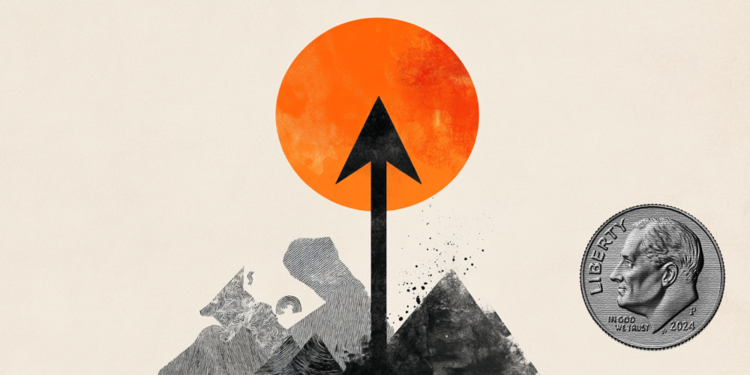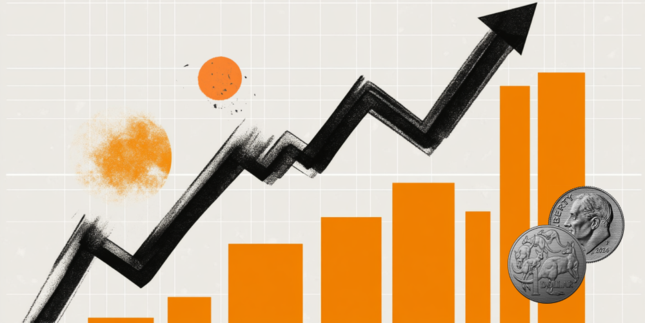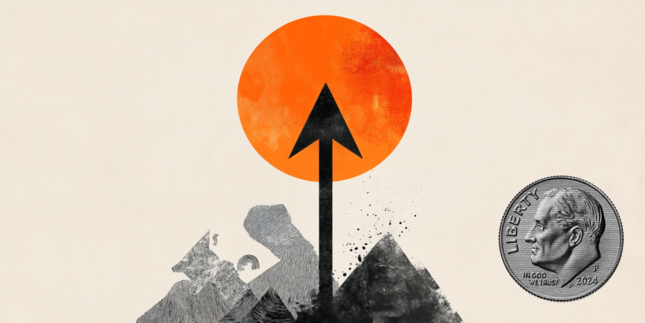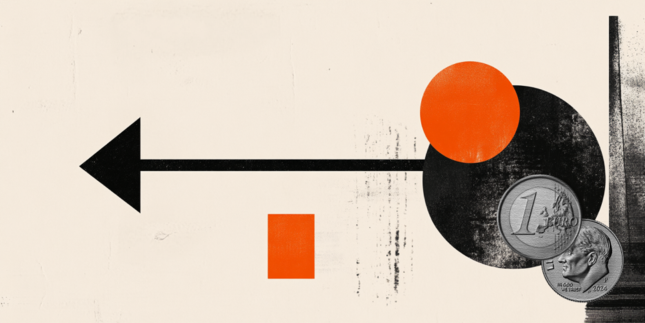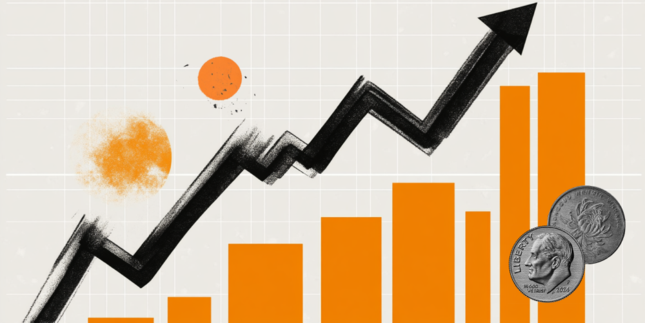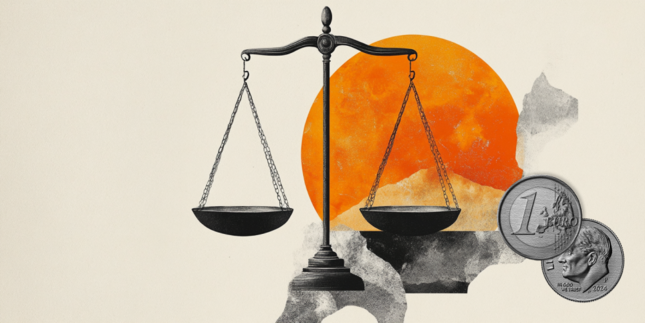USD/INR loses traction as traders brace for US CPI data
- The Indian Rupee rebounds in Wednesday’s early European session.
- The strong USD, higher crude oil prices, and equity market capital outflows might weigh on the INR.
- Investors brace for the US December CPI inflation data, which is due later on Wednesday.
The Indian Rupee (INR) recovers on Wednesday. Any significant depreciation of the INR might be limited, even though the Reserve Bank of India (RBI) adopts a flexible approach to the INR and does not intend to target specific levels for the local currency.
Nonethless, intense demand for the US Dollar (USD), along with a rise in crude oil prices and continued outflows from foreign investors might exert some selling pressure on the INR. Investors will closely monitor the US December Consumer Price Index (CPI) inflation data, which is due later on Wednesday. Also, the Federal Reserve’s (Fed) Thomas Barkin, Neel Kashkari, John Williams, and Austan Goolsbee are scheduled to speak later in the day.
Indian Rupee trade firmer, but potential upside seems limited due to global economic factors
- The "Trump Tantrum," referring to the impact of Donald Trump's presidency on the Indian Rupee, is likely to be a short-term phenomenon, noted the State Bank of India (SBI).
- RBI Governor Sanjay Malhotra has shown a willingness to allow the INR to move more freely in tandem with peers in the region while still intervening in the foreign exchange market to curb excessive moves, per Bloomberg.
- India’s Wholesale Price Index (WPI) inflation rose to 2.37% in December from 1.89% in November, according to the Ministry of Commerce and Industry on Tuesday. This figure came in hotter than the expectation of 2.30%.
- India’s Consumer Price Index (CPI) rose 5.22% YoY in December, compared to 5.48% in the previous reading, softer than the expectation of 5.3%.
- The US PPI rose by 3.3% YoY in December, compared to 3.0% in November, the US Bureau of Labor Statistics reported on Tuesday. This reading came in softer than the market expectation of 3.4%.
- The core PPI, excluding the volatile prices of food and energy, climbed 3.5% YoY in December versus 3.4% prior, below the market consensus of 3.8%.
USD/INR’s bullish tone remains in play, overbought RSI warrants caution for bulls
The Indian Rupee trades stronger on the day. The strong uptrend of the USD/INR pair remains in place, with the pair forming higher highs and higher lows while holding above the key 100-day Exponential Moving Average (EMA) on the daily chart. However, the 14-day Relative Strength Index (RSI) moves beyond the 70.00 mark, indicating overbought conditions and warranting some caution. This suggests that further consolidation is on the cards.
The immediate resistance level for USD/INR emerges at an all-time high of 86.69. If buyers hold the line and trading stays above this level, the pair could gear up for another run at the 87.00 psychological level.
On the bearish move, the initial support level for the pair is located at 85.85, the low of January 10. Sustained trading below the mentioned level could drag the pair toward 85.65, the low of January 7, followed by 85.00, a round figure.
RBI FAQs
The role of the Reserve Bank of India (RBI), in its own words, is "..to maintain price stability while keeping in mind the objective of growth.” This involves maintaining the inflation rate at a stable 4% level primarily using the tool of interest rates. The RBI also maintains the exchange rate at a level that will not cause excess volatility and problems for exporters and importers, since India’s economy is heavily reliant on foreign trade, especially Oil.
The RBI formally meets at six bi-monthly meetings a year to discuss its monetary policy and, if necessary, adjust interest rates. When inflation is too high (above its 4% target), the RBI will normally raise interest rates to deter borrowing and spending, which can support the Rupee (INR). If inflation falls too far below target, the RBI might cut rates to encourage more lending, which can be negative for INR.
Due to the importance of trade to the economy, the Reserve Bank of India (RBI) actively intervenes in FX markets to maintain the exchange rate within a limited range. It does this to ensure Indian importers and exporters are not exposed to unnecessary currency risk during periods of FX volatility. The RBI buys and sells Rupees in the spot market at key levels, and uses derivatives to hedge its positions.
Forex News
Keep up with the financial markets, know what's happening and what is affecting the markets with our latest market updates. Analyze market movers, trends and build your trading strategies accordingly.
